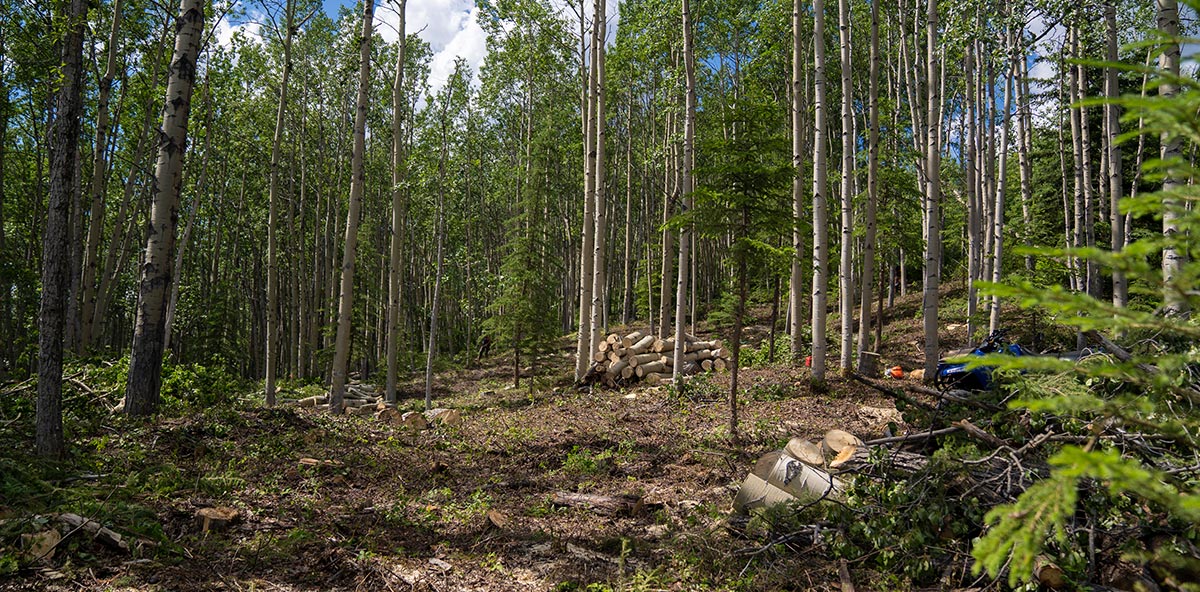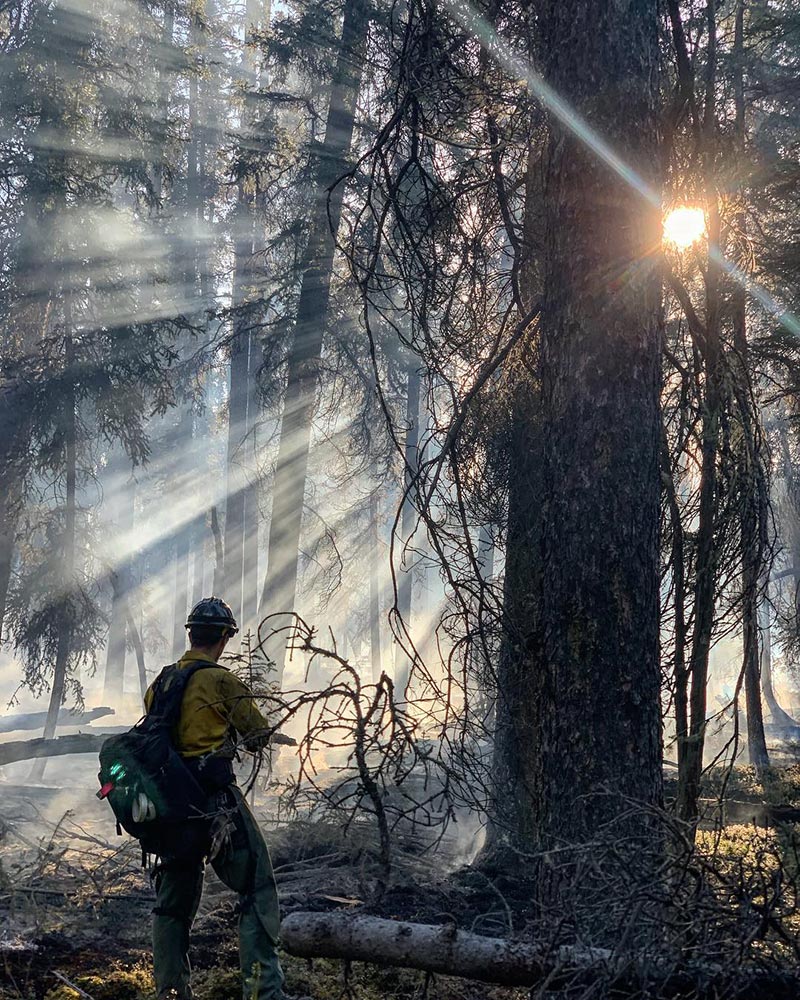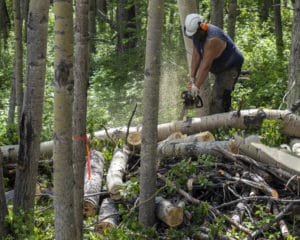Record-breaking heat and dry conditions caused an early and aggressive start to Alaska’s wildfire season. State fire crews responded April 30th to the Moose Creek Fire two miles southwest of Glennallen. The 3 1/2-acre fire was reported on the north bank of the Tazlina River on Ahtna land. At the time of publishing crews continued to fight the 100+ acre Klutina River fire which was reported July 8 on Ahtna lands and a new fire had just been reported on the border of Ahtna lands. Ahtna appreciates the wildland firefighters’ quick response to try and contain these fires.

Wildland fires have been a natural occurrence across the Ahtna region since record keeping began. Ahtna people have also used fire to reduce vegetation cover and provide for human safety through a “controlled burn” for thousands of years. Typically, there are over 50 fires within the Ahtna region annually and over half are caused by lightning strikes in remote areas.
ANCSA requires the Bureau of Land Management (BLM) through the Alaska Fire Service (Alaska Division of Forestry, National Park Service, National Forest Service and Fish and Wildlife Service) to respond to wildland fires on ANCSA Corporation land. Annually the Land Department designates certain Fire Management Options across Ahtna land ownership consisting of four options:

Critical Protection – suppression action provided on a wildland fire that threatens human life, inhabited property, designated physical developments and structural resources such as those designated as National Historic Landmarks. The suppression objective is to provide complete protection to identified sites and control the fire at the smallest acreage reasonably possible. The allocation of suppression resources to fires threatening critical sites is given the highest priority.
Full Protection – suppression action provided on a wildland fire that threatens uninhabited private property, high-valued natural resource areas, and other high-valued areas such as identified cultural and historical sites. The suppression objective is to control the fire at the smallest acreage reasonably possible. The allocation of suppression resources to fires receiving the full protection option is second in priority only to fires threatening a critical protection area.
Modified Protection – suppression action provided on a wildland fire in areas where values to be protected do not justify the expense of full protection. The suppression objective is to reduce overall suppression costs without compromising protection of higher-valued adjacent resources. The allocation of suppression resources to fires receiving the modified protection option is of a lower priority than those in critical and full protection areas. A higher level of protection may be given during the peak burning periods of the fire season than early or late in the fire season.
Limited Protection – lowest level of suppression action provided on a wildland fire in areas where values to be protected do not justify the expense of a higher level of protection, and where opportunities can be provided for fire to help achieve land and resource protection objectives. The suppression objective is to minimize suppression costs without compromising protection of higher-valued adjacent resources. The allocation of suppression resources to fires receiving the limited protection option is of the lowest priority. Surveillance is an acceptable suppression response as long as higher valued adjacent resources are not threatened.
A Native Village of Gokona crew works on creating the Fire Fuel Break near Gakona.
Since the onset of the Forest Carbon Sequestration project all of Ahtna lands are primarily in the Critical or Full Protection status, meaning any fire on Ahtna land is immediately or attempted to be put out, or on some occasions allowed to burn when natural and human resources will not be consumed.
Due to various weather patterns the Ahtna region receives far less wildland fires than other parts of the State.

creating the Fire Fuel Break near Gakona.
Ahtna has partnered with the Ahtna Intertribal Resource Commission (AITRC) and Tribes to perform Community Wildland Protection Plans (CWPP) and Wildland Urban Interface (WUI) projects. Projects have primarily included fire fuel breaks and fuel reduction around and within various Ahtna Villages to prevent human caused fires from spreading outside of established fuel breaks and to reduce the threat of wildfires encroaching into the villages. Ongoing projects to reduce fire threat are continuing in Gakona, Gulkana and Chistochina in 2019 and 2020.
